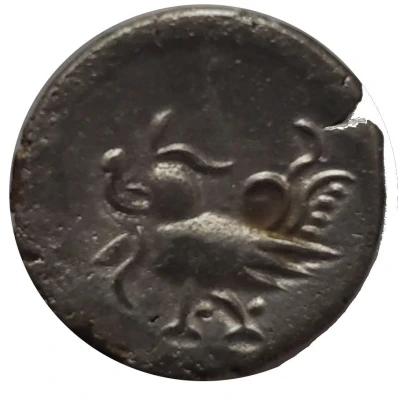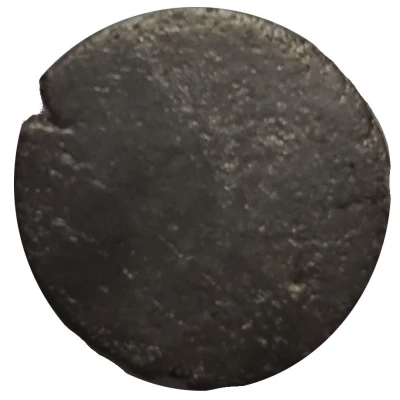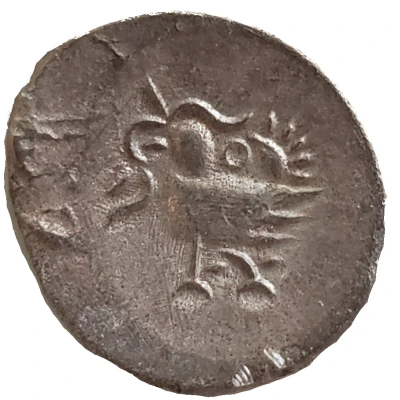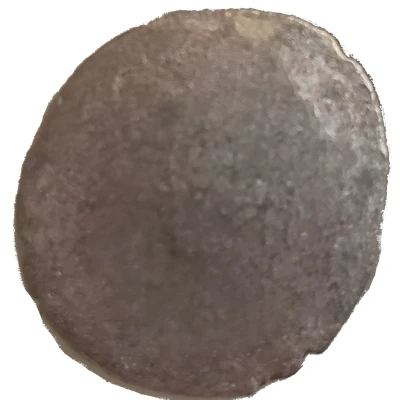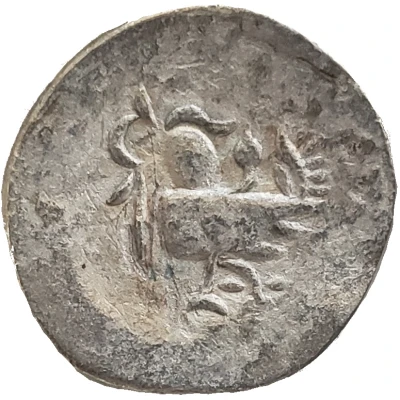
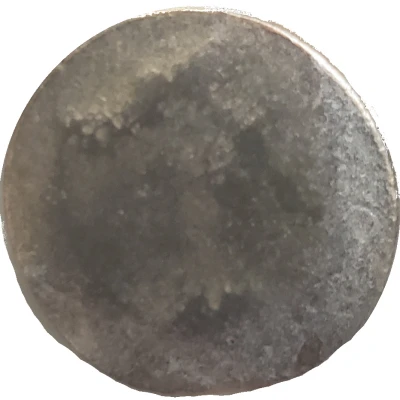

© Micheal Linke
2 Pe / ½ Fuang Hamsa Seed ND
| Silver | 1.6 g | 14 mm |
| Issuer | Cambodia |
|---|---|
| King | Ang Duong (1840-1860) |
| Type | Standard circulation coin |
| Years | 1847-1860 |
| Value | 2 Pe = ½ Fuang (1⁄16) |
| Currency | Tical (1431-1880) |
| Composition | Silver |
| Weight | 1.6 g |
| Diameter | 14 mm |
| Thickness | 1.5 mm |
| Shape | Round (irregular) |
| Orientation | Variable alignment ↺ |
| Demonetized | Yes |
| Updated | 2024-10-04 |
| Numista | N#298053 |
|---|---|
| Rarity index | 83% |
Reverse
Unifaced coin, reverse is blank (some details from anvil surface may appear)
Edge
Flat or slightly rounded
Comment
The denominations were based on the old weight system with names adopted from the Cambodian system, similar to the Thai system, though Thai names are often used. 1 fuang is the equivalent to 1/8 of a tical, but in Khmer the denomination is 'slung' often written as 'sliń' which was once 1.7g. The Thai system is heavier (3.8g = 1 salung). The old system of weights/denominations is as follows 1 tamlin (Thai tamlung) = 4 pād (Thai baht) = 16 slin (Thai salung) = 32 hvīoen (Thai fuang) = 128 bai (Thai pai)The majority of the surviving "1/2 fuang" coins have the same design, featuring the Hamsa, a mythical bird, facing left. The bird has a crest on its head and an upright tail, with some flora in its beak/bill. The image of the hamsa on these coins is presented in a simple stylized form, much different from its appearance as found on temples and art throughout the region. The hamsa image is often mistaken in several coin publications to be a cockerel.
There are many varieties of this coin type, with different tail feather types, dot placement or other symbols usually below the flora held in the hamsa's mouth.
Specimen listed has several types listed by Joe Cribb by weight. (Series B2)
https://www.academia.edu/34862345/The_Uniface_Coinage_of_Cambodia_16_19th_century
Interesting fact
The 2 Pe / ½ Fuang Hamsa (Seed) coin from Cambodia, made of Silver and weighing 1.6g, is interesting because it features a unique blend of Khmer and Thai design elements. The obverse side of the coin depicts a stylized Hamsa, a symbol of good luck and prosperity in both Hinduism and Buddhism, while the reverse side features a stylized floral pattern that is reminiscent of Thai art. This blending of cultural influences reflects the complex history and cultural exchange that occurred in the region during the 19th century.
